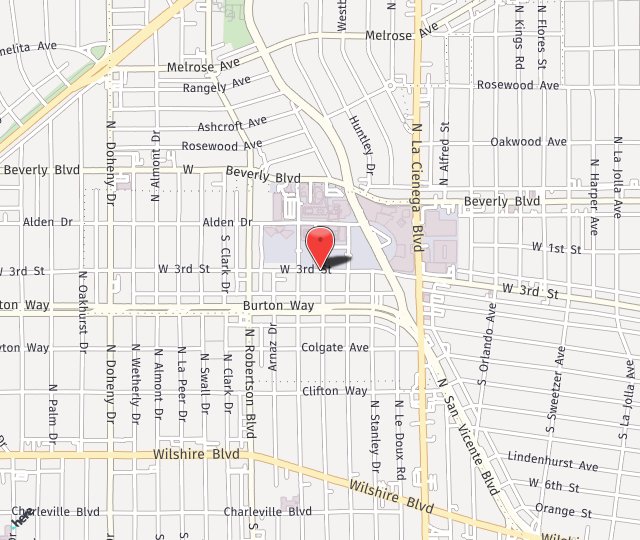Radial Tunnel Syndrome
- Posted on: Jan 15 2020

Not as well known, but still not completely foreign to most, is cubital tunnel syndrome. This involves the ulnar nerve that travels through the cubital tunnel on the inside of our elbow. Cubital tunnel syndrome sometimes is called golfer’s elbow. It doesn’t require surgery as often as carpal tunnel, as stretching exercise and some behavior changes can alleviate most symptoms.
OK, how many of you have heard of radial tunnel syndrome? Anyone?
Dr. Seruya treats radial tunnel syndrome when it affects the top of the forearm.
What is radial tunnel syndrome?
Radial tunnel syndrome is caused by pressure on the radial nerve, usually at the elbow. When a person has this condition, they have symptoms that include fatigue and dull aching at the top of the forearm with use. In some cases, although they are more rare, symptoms can also occur at the back of the hand or the wrist.
What causes radial tunnel syndrome?
The radial nerve is one of the three main nerves in the arm. It runs from the neck to the back of the upper arm. From there, it crosses the outside of the elbow and goes down to the forearm and the hand. Problems with the radial nerve occur at the radial tunnel, a narrow opening in the elbow formed by muscles, tendon, and bone.
Any time the radial nerve is pinched anywhere along its length, the person can have pain. The most common area this occurs is the radial tunnel. Here the nerve gets pinched or squeezed because it travels between muscle bellies and under facial bands (tissue fibers that enclose, separate, or bind together muscle, organs, or other soft structures of the body).
Overuse of the arm with pulling or pushing motions, or overuse of the hand for gripping, pinching, or bending the wrist can irritate the nerve and lead to pain. These kinds of overuse actions are usually job or sports related.
Treating radial tunnel syndrome
Dr. Seruya begins treatment for these conditions with splinting, non-steroidal anti-inflammatory drugs, diet and exercise changes in obese patients, and strict glucose control in diabetics. If these conservative treatments don’t work, he may recommend a “radial tunnel release,” a surgical procedure where the radial nerve is decompressed through a small incision along the back of the forearm.
Do have chronic dull pain or weakness in your upper forearm? It could be a sign of radial tunnel syndrome. Call Dr. Seruya at (310) 423-2129 to set up a consultation and let’s check out your radial nerve.
Posted in: Cubital Tunnel Syndrome

